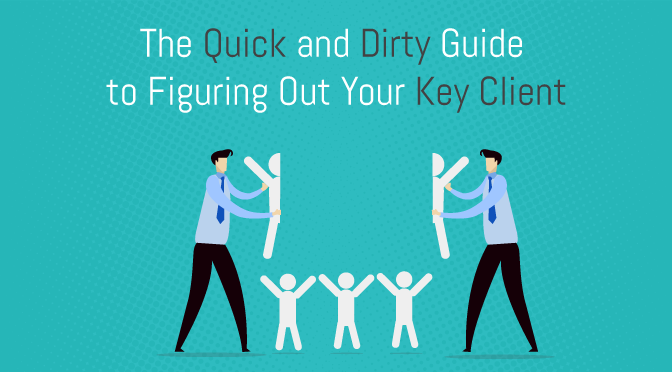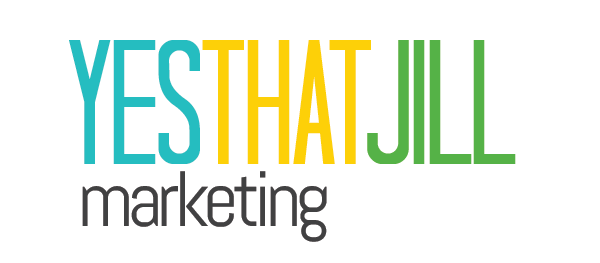Avatar, ideal client, target market, persona…you’ve probably heard these terms and more for your key client. Marketing blogs the world over implore you to imagine this person down to the colour of their socks.
That can seem an impossible task. Sure, you know who your current clients are. Should you model your key client on that? Or a vision you have of what they should be?
The answer is, a bit of both. Here’s a quick and dirty guide to figuring out your ideal client.

Accept that you can’t sell to everyone.
Plenty of businesses get hung up here before the key client train has even left the station. Most of my first meetings with a new client go like this:
Me: So who are you targeting to buy this?
Them: Everyone!
Me: Well, what are your existing clients like?
Them: Oh they’re just anybody! We have clients from these 40 different streams – and we have to mention all 40 in everything we do. That’s very important.
Here’s your problem with that: you don’t have that kind of budget. You know who can afford to sell to “everyone”? Wal-Mart. Coca Cola. Their ad budgets approach literal billions.
And I know it kills you to hear it, but not everyone is interested in buying what you’re selling, like ever. There are some people who, no matter how many billboards they see, would never buy from you. Know this in your heart and let go of the idea that “everyone” is something you need to aim for.
Identify your low-hanging fruit.
Forget about building a key client persona in the vein of Lucy is 32 and drives a two-door BMW sedan… (Unless you own a BMW dealership, in which case, fine.)
When you think about the clients who a) generate the most profit for you, b) are easiest to work with and c) appreciate your value, who comes to mind? That’s your low-hanging fruit right there.
These clients are dreams to work with because they’re deeply appreciative of what you offer and write you the kind of cheque you deserve for your work without blinking an eye. Not working with anyone like that yet? No problem, I have an alternative strategy for you.
Cherry-pick your clients’ best traits and build your ideal.
Maybe you don’t have any clients who meet the bar for “low-hanging fruit” exactly. In that case, think about the pros column for every client you have (ignore any problems for now).
Who pays what you’re worth? Who is easy to work with? Who respects your advice and values you? Hopefully you have at least one client for each of these categories.
If you threw those clients in a blender right now, and only their good traits came out, what would that look like? This is a picture of your “low-hanging fruit”, even if you don’t have a current client that fits the whole bill.
Go easy on the demographics.
Demographics are things you can measure, like age, location, number of children, number of employees, income. You certainly need a few demographics to bring your key client into focus. A word of caution here though: only define the characteristics that matter.
For example, maybe you only serve local clients, so “within 50 km of My City” is a fair demographic limit. But don’t start defining how many kids they have if you sell bulldozers. It doesn’t matter.
Make sure you truly understand the psychographics.
Psychographics are difficult-to-measure qualities like a person’s attitude, communication style, and beliefs.
Some psychographics of your key client will be quite obvious because of the way you do business. For example, I’m what you could kindly call a straight-shooter. People who appreciate no-BS advice love me. There’s also a bunch of people who go HARUMPH when I refer to my blog series as Screw Advertising. But I’m not about to get a personality transplant to run my business, which would be inauthentic at best, so I know I need to target my people: the no-BS advice people.
Other psychographics you’ll have to dig deeper on. Ask your clients why they choose you over others. Find out what they value. Then use that to build your key client profile.
There’s no perfect answer.
Your key client is an idea, not a mandate. Not all of your clients will look like your key client – in fact, most of them won’t be exactly like you’d imagined. But if you concentrate on creating the ideal business for your key client, many of the clients you get will fit the mold.
Which means you’ll have a client base that’s easy to work with, values you, and pays what you’re worth. Not a bad deal.
